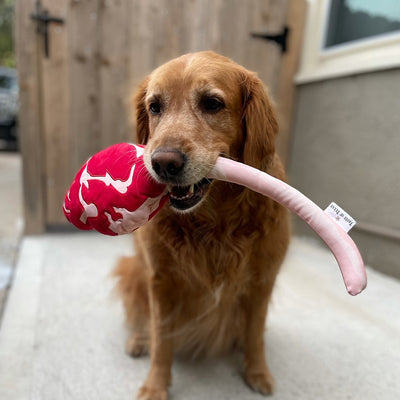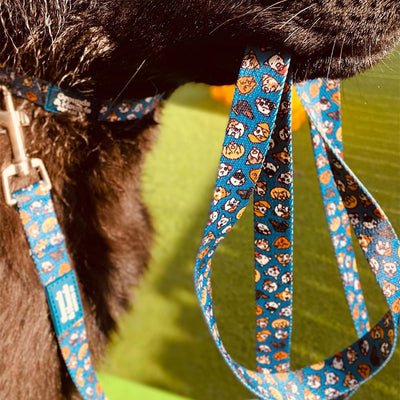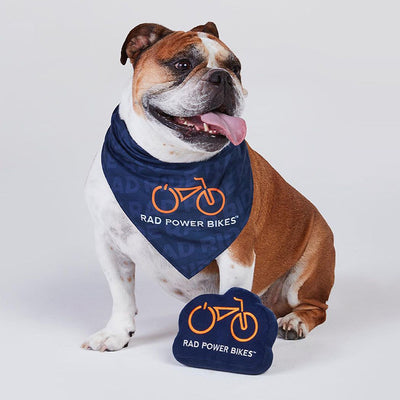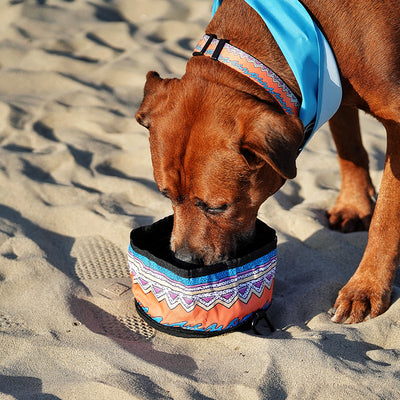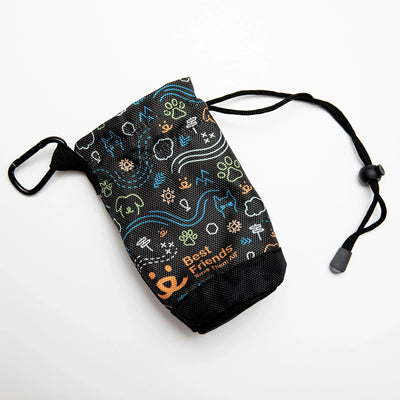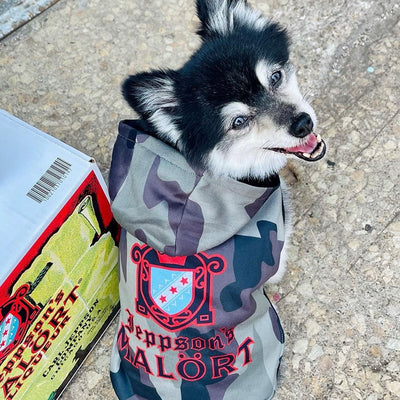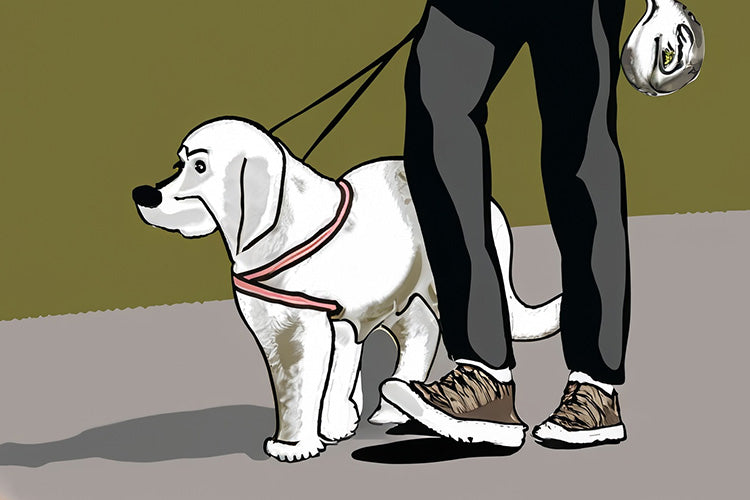It is a misconception that some dog breeds, such as Rottweilers and Pit Bull Terriers, cannot be trained. The truth is that all dogs can be taught tricks, behaviors, and habits through positive reinforcement and lots of patience. If you happen to be the fur parent of a more stubborn breed, it’s important that you research the best ways to train your dog, which may include doling out the contents of customizable dog treat bags and using a lot of praise.
That being said, there are still nuances to positive reinforcement, depending on the personality of each dog. This article will help you gain a better understanding of how to correctly use this training method to help your pet establish better behavioral patterns and properly follow your commands.
What Is Positive Reinforcement?
Before we begin, it’s important to first define what positive reinforcement is. As the name suggests, this type of training method rewards the dog for the behaviors you wish for them to continue doing and ignores behaviors that you want them to stop. The reward should be something your pup enjoys, whether in the form of tasty dog treats, lavish praise, or even additional playtime.
In the event that your pet misbehaves, positive reinforcement means not reacting to it because it may cause your pup to correlate being naughty with getting your attention. Additionally, shouting at or hitting your pet results in a scared dog who is more likely to display aggressive behavior. Instead, you should gently but firmly communicate with your dog. Use a stern tone and withhold treats and praise until your pet obediently follows a command. Because a dog naturally wants to please their owner, they eventually learn not to engage in any behavior that you find unacceptable.
Establish Clear Communication Reinforced with Repetition
Positive reinforcement relies heavily on clear communication. Regardless of their breed or age, you need to be able to communicate with your dog to establish the behavior you want them to follow. For example, if you’re training your pooch to use their customizable dog beds, you need to consistently reward their behavior whenever they go there at bedtime. Rewarding your dog for doing things correctly will encourage them to continue exhibiting that good behavior.
There is no specific time frame for how long you should continue the training. Some dogs learn faster than others, while others need more time. Regardless, it is a good idea to continuously review your dog’s behavior and adjust your positive reinforcement depending on their actions when they receive no treats or praise.
Maintain Patience
Just like humans, not all dogs learn at the same pace. Be patient when reinforcing behaviors, especially if you’re starting out with a new one, such as getting them to feel comfortable in their customizable dog hoodies. Stay calm and consistent so that your dog learns that good things happen when they follow your commands. Eventually, they will maintain this behavior even without needing treats, though praise will always be appreciated.
Start With One Behavior at a Time
Even if you have a smart dog who is a quick learner, it’s still a good idea to start with simple tasks and work your way up to more complex behaviors. Train your dog to learn one thing at a time, whether that’s eliminating outside in the backyard, learning to roll over, or wearing their customizable eco-friendly dog collar correctly. You know your dog best, so choose behaviors that would be easiest to learn first, then gradually increase the difficulty after that behavior is established.
Avoid Giving Punishments
Punishment is not always an effective way to communicate with pets, especially dogs, who form strong bonds with their owners. This is because the cause-and-effect relationship can be unclear. For example, if you catch your Siberian Husky tearing into your couch, you may be tempted to smack its butt with a newspaper or stick. While your intention is to teach the dog not to touch the couch, you may have inadvertently taught them not to go anywhere in the living room instead. Thus, if you later call your pup to come to you while you sit on the couch, the memory of being punished in that area may keep them from obeying your command.
This is why punishment is rarely encouraged as a training method. Spanking or hitting your dog in any way only teaches them to fear you but does nothing to train them so that they don’t repeat the bad behavior.Leash corrections and other forms of punishment may also make a behavioral problem worse. Naturally aggressive dogs, for example, typically become even more aggressive when they are punished. Similarly, fearful dogs may not respond well to any form of punishment and may even become more withdrawn.
A well-behaved dog makes your home life more pleasant, but getting them to behave the right way also has to follow the right process. Positive reinforcement ensures that your pup properly learns the behaviors you want it to follow while establishing the bond between a pet and their owner. When done correctly, positive reinforcement training is a powerful way to build better habits and strengthen your relationship with your pet.
Keep in mind that your dog wants to please you. So when you praise or reward their good behavior, they will be more likely to act in ways that will make you happy.
